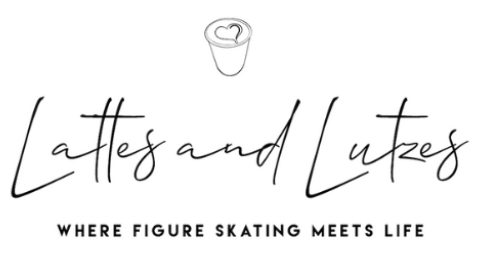
The Zamboni holds a lot of fascination for those watching skating events or hockey games. There’s something about seeing the giant elephant-like machine skim around the rink, leaving behind a perfectly smooth surface that seems almost like magic. But do you really know what makes the ice nice?
Where did this magical machine come from?
Frank and Lawrence Zamboni opened Iceland Skating Rink in the 1940s in Southern California. It was the largest rink at the time, and after hundreds of people skated, they inevitably chipped, cut, and roughed up the ice, taking several people an hour or more to clean up. So the Zamboni brothers looked for a better way and in 1949 unveiled the Model A Ice Resurfacer!
Over the years, they made improvements to the machine, but it was in 1954 when the next significant release came. The Boston Garden was hosting the Ice Capades show followed closely by a Boston Bruins hockey game, so resurfacing the ice between events would be a big task. The new E21 Zamboni model was used to make the ice, and the Bruins team management was impressed enough to order a machine, making it the first machine used in NHL history! The next milestone came in 1960 in Squaw Valley, CA, where the Zamboni machine was first used in the Winter Olympics.
In 1989, the first electric ice resurfacer was introduced, and in 1993, Zamboni’s competitor, Olympia, delivered this new machine to the rink at Rockefeller Center in New York City.
The Art and Science of Being an Ice Technician
I recently had the pleasure of sitting down with Phil Angelosanto, a longtime ice technician responsible for maintaining the ice at Warrior Ice Arena, the Boston Bruins training facility. I asked Phil to explain the intricacies of ice maintenance during the 10-minute breaks between sessions. He emphasized the importance of performing multiple tasks, including making, cleaning, and cutting the ice, especially in a facility with diverse user groups. Phil shared that each discipline, whether hockey players, figure skaters, or the general public, leaves its mark on the ice, making resurfacing a challenging task within a short timeframe. Despite challenges, Phil ensures thorough daily maintenance, which involves using an edger machine to cut corners, testing ice depth, and leveling uneven spots. He noted that each ice technician brings their unique touch to the process, highlighting the significance of experience in maintaining quality ice conditions.
A couple of fun facts about resurfacing the ice:
- When training a new driver, they first drive the machine dry, meaning no water is added to the ice surface
- Over 120 gallons of water are used with each ice resurfacing
Bringing Down the Ice
Many rinks do what is called ‘bringing down the ice’ once a year. This could happen because the rink is seasonal and the ice is melted for the off-season, or in the case of a pro facility, the ice is melted down so the paint underneath can be refreshed or have new sponsor logo added. The paint is applied directly to the slab, and then built up with many layers of water to reach the desired thickness. At Warrior, the ice is built up to .75 inches manually and then the ice resurfacer is brought out to flood the rest.
Cement, Sand, and Other Considerations
I asked what was under the ice as a base layer, and Phil said many rinks were cement, then sand was used (in case of plumbing problems), and now cement is making a comeback. An interesting fact about the Warrior rink is it’s actually on the second floor, not ground level like most rinks, which meant they had to build an indoor snow pit, where the shavings are dumped into after each cut. The pit has heating coils in it to melt the snow. When the water reaches a certain level, it drains it out to avoid the pit from overflowing. Most rinks simply drive the snow outside and dump it.

How Cold is Cold?
I also inquired about the ice temperature because hockey players typically like harder ice, and figure skaters like the ice slightly softer to cut an edge. Phil said this is definitely not like setting your Nest Thermostat. Factors such as how the pipes are laid, the size of the facility, the building’s insulation, humidity control, and the placement of windows will all factor into creating the ideal ice surface.
The Question Every Skater Wants the Answer To
I ended our discussion by asking the question every skater wants to know: “What’s with having to close the rink doors during the ice resurface?” The answer was much more simplistic than I thought. Unlike the dashboard on a car that points gradually down, the size of the dash on an ice resurfacer is long and flat so you can’t see close to you only further away. If there is anything on the boards, someone standing in a doorway, or the edge of a door just protruding out, there’s an excellent chance of hitting it or running something over and getting it caught in the machine.
Resurfacing etiquette: remove everything from the boards and close the doors behind you so we can all help to make the ice nice!

0 Comments